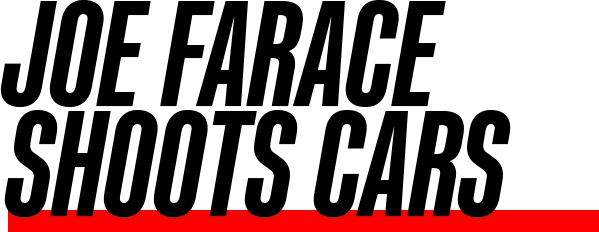Today’s Post by Joe Farace
One of the advantages that digital capture has over using film is that when working under unusual lighting conditions you can able shoot color correct images without the use of on-camera filters. You can set the camera on Auto White Balance and most times that’s better than saying, “I’ll fix it later in Photoshop.”
Most mirrorless cameras and DSLRs offer different white balance options including Auto, Daylight, Cloudy; Incandescent; Fluorescent; Flash and Custom. Here’s a few suggestions.
 How I made this photo: Auto white balance works most of the time even in venues with different kinds of light sources such as convention centers, like the Las Vegas Convention Center where I photographed this Saleen S7. Camera used was an EOS 5D Mark I with EF28-135mm f/3.5-5.6 IS USM lens (at 35mm) with an exposure of 1/60 sec at f/5.6 and ISO 800.
How I made this photo: Auto white balance works most of the time even in venues with different kinds of light sources such as convention centers, like the Las Vegas Convention Center where I photographed this Saleen S7. Camera used was an EOS 5D Mark I with EF28-135mm f/3.5-5.6 IS USM lens (at 35mm) with an exposure of 1/60 sec at f/5.6 and ISO 800.
When faced with a challenging lighting environment, like convention centers, typically I’ll make a few test shots using AWB first to see if the color is even close. If it is, I’m golden; if that doesn’t work I try a few more shots using one of the other white balance options that the camera offers. Tip: Be careful of exposure too. Under most mixed-light conditions, I also find it’s also necessary to increase exposure compensation to produce a bright-enough image.

How I made this photo: At the SEMA show, in the Las Vegas Convention center. Camera used was an EOS Rebel XS with EF-S18-55mm f/3.5-5.6 IS lens (at 55mm) with an exposure of 1/80 sec at f/6.3 and ISO 800. Color balance setting was AWB.
The camera’s Tungsten setting can be useful too. When shooting under typical incandescent lamps you may want to shoot a few test shots to see if you have to increase exposure but the color balance should be right on. I’ve found Fluorescent is a good place to start when an area is lit with fluorescent tubes but I seldom use this setting since few places are totally lit by fluorescent lights.
Then there’s Custom mode, which some users might think is difficult to use, but it’s not. Under tricky lighting conditions all you need to do is use make an exposure of something that’s white. The camera will store that image and use it to color correct your subsequent images. There are too many interpretations of white paint out there, so I bring my own. The flip side of the Kodak Gray Card is white and makes an ideal companion for the photographer interested in making color correct images, saving lots of time that would be spend later tweaking image files.
 If you enjoyed today’s blog post and would like to treat Joe to a cup of Earl Grey tea ($2.50), click here.
If you enjoyed today’s blog post and would like to treat Joe to a cup of Earl Grey tea ($2.50), click here.
Along with photographer Barry Staver, Joe is co-author of Better Available Light Digital Photography that’s now out-of-print but new copies are available from Amazon for $21.49 with used copies selling around nine bucks. For some reason, the Kindle price is really high.
